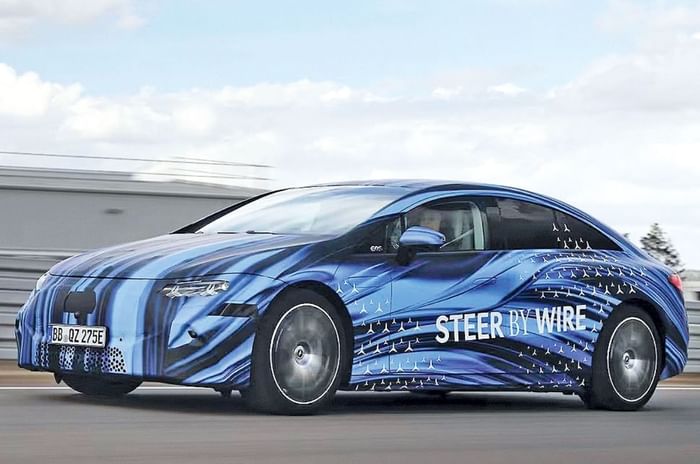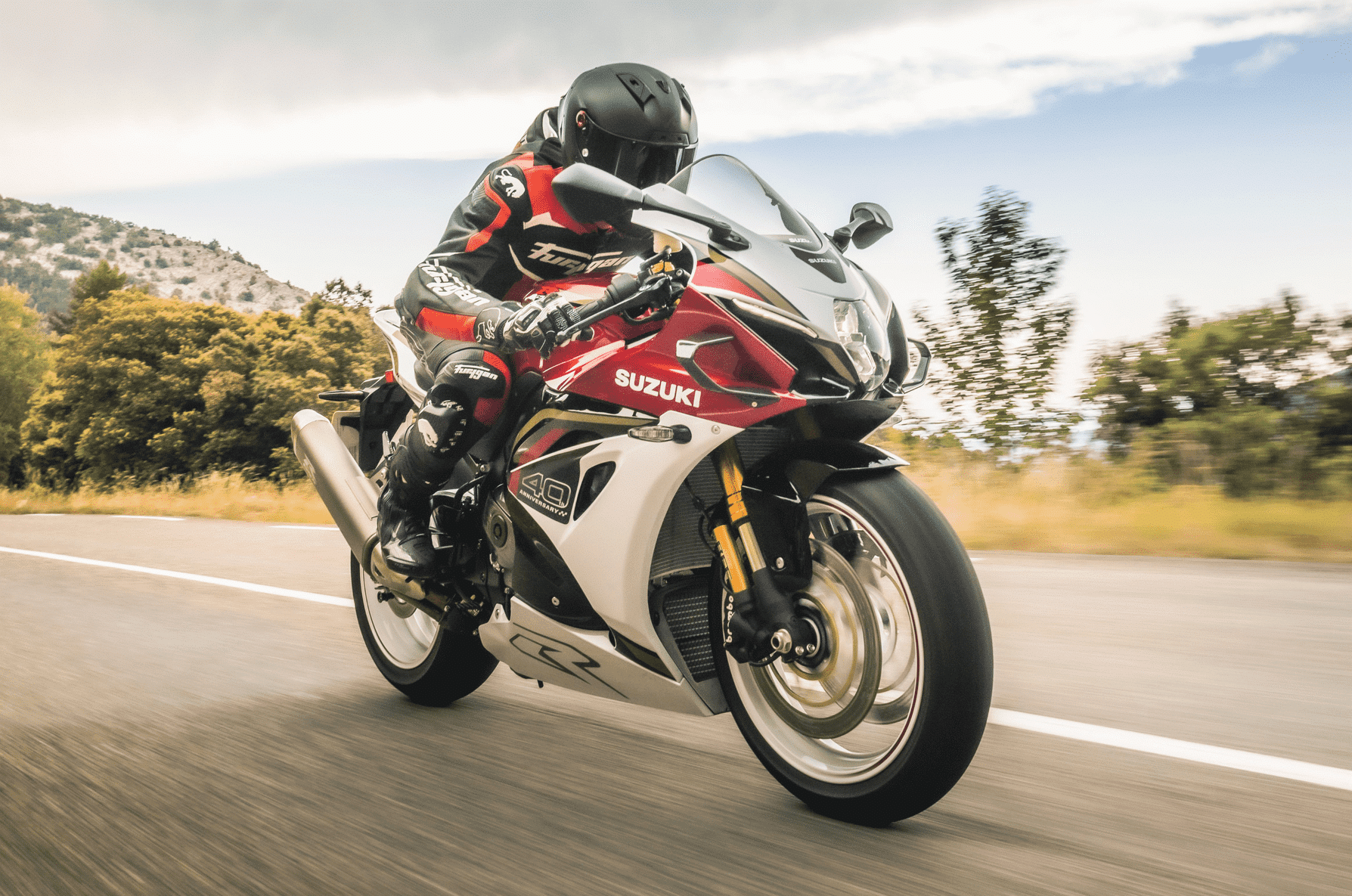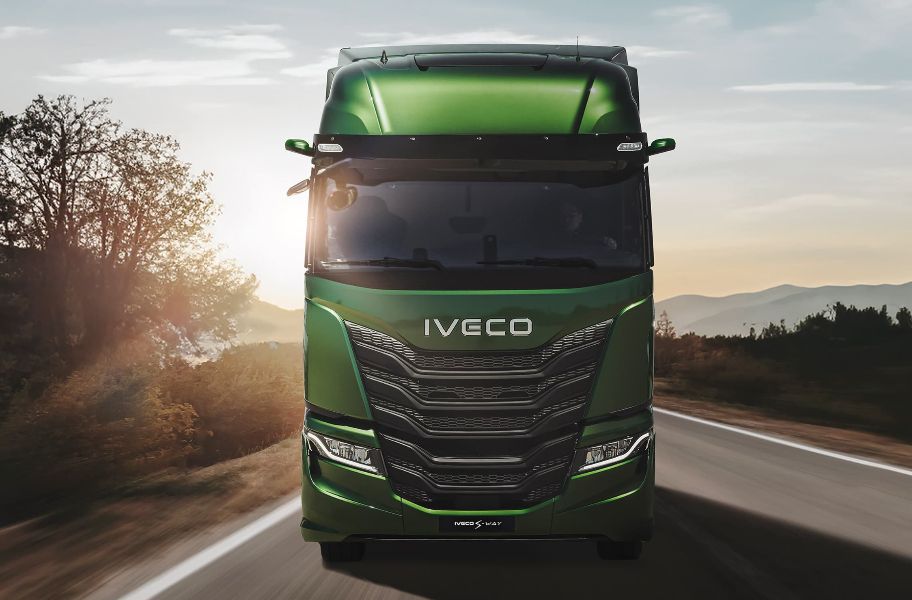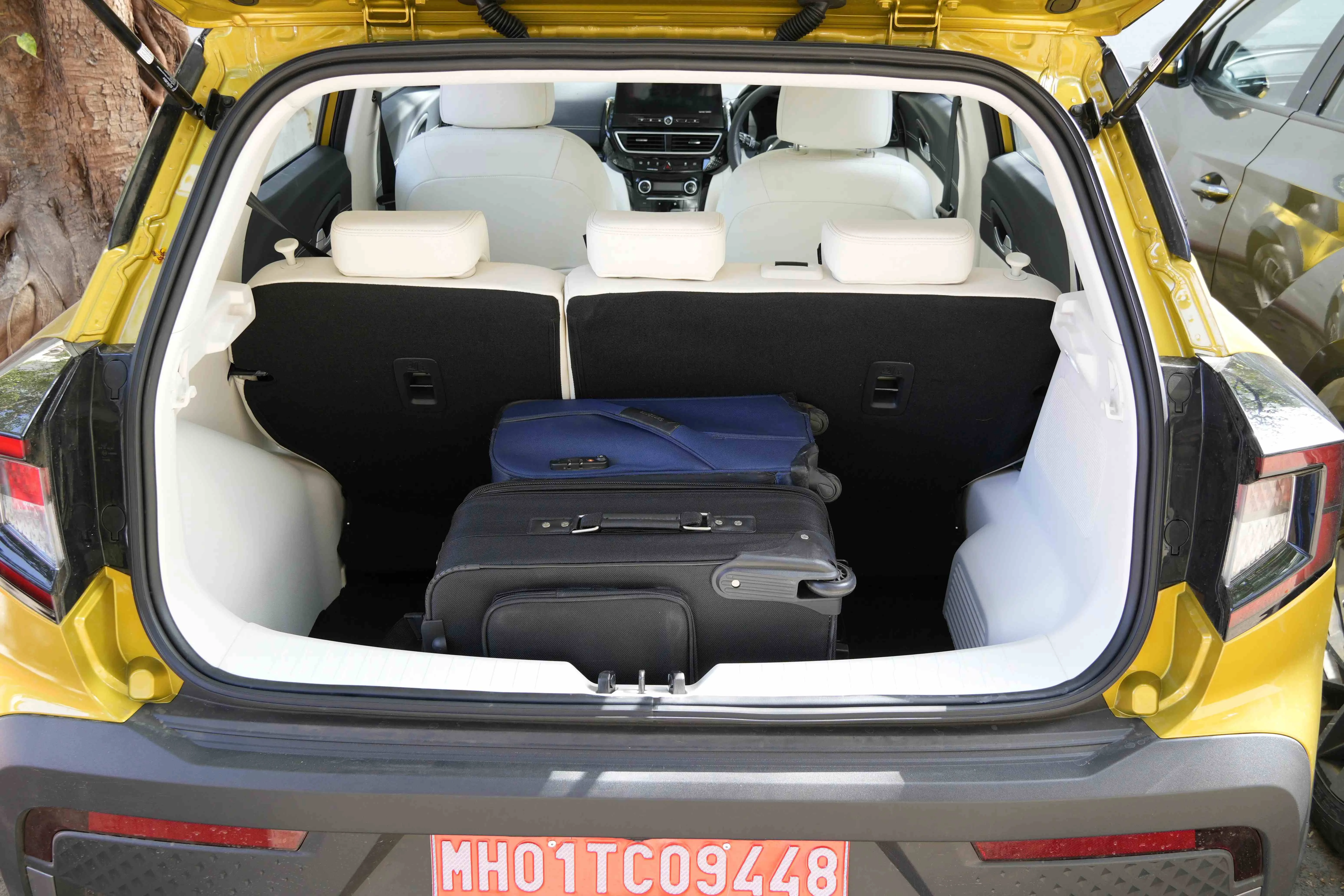Steer-by-wire technology does away with a mechanical connection to the wheels.
Steer-by-wire is coming of age quickly and is on its way to the showrooms of various brands. Mercedes will be the first German manufacturer to introduce the technology with a ZF-developed system that does away with mechanical connections between the driver and the turning wheels, relying instead on sensors and electric actuators.
Nio is also fitting the ET9 with a ZF system, Lexus is launching steer-by-wire with the RZ next year and Bosch has three Chinese customers for its steer-by-wire through its joint venture – Bosch Huaya Steering Systems – with production starting soon.
Steer-by-wire was once an automotive forbidden fruit: legislation dictated that the connection between driver and wheels was mechanical. UNECE Regulation 79 changed that in 2003, making steer-by-wire legal in Europe. Safety is taken care of in Mercedes’ system mainly by duplicated controls, so if one electronic link between the driver and steering fails, the other will remain in place. Redundancy applies to every step, including dual electronic signal paths, duplicated power supplies and hardware actuators. Even if the whole lot fails, there are other ways of maintaining control. In the unlikely event of complete failure, some automated steering is still possible using rear-axle steering and by braking individual wheels using ESP.

The Mercedes’ steering feedback unit (SFU) sends an electronic signal representing the driver’s inputs to the steering rack unit (SRU), which does the steering. There’s no mechanical connection, so there’s no steering torque or feel. To create some, the tyre-to-road contact is calculated and fed back through the system.
Steer-by-wire systems are not simple bolt-on pieces of kit, and each manufacturer will do a considerable amount of work calibrating it on a model-by-model basis. Mercedes has already done more than 621,000 miles (one million kilometres) of bench testing, and the same again on proving grounds and in real-world traffic.
Nio says there are packaging and design benefits with freedom to set the steering wheel angle and the amount of feedback, and control is more precise. A rectangular steering wheel is possible for a better view of the instruments, and full lock can be achieved with only a 240deg movement of the wheel. The ET9 system filters more than 80 percent of road vibrations back through the wheel from the road, and the steering column can telescope in and out by 153mm. Nio also says it opens up opportunities for a Game Mode – which is particularly important in the Chinese market. It also enables other technologies in the future, such as steering using a joystick rather than a wheel.
Also see:
Tech Talk: Sound idea turns any flat surface into speakers


























































